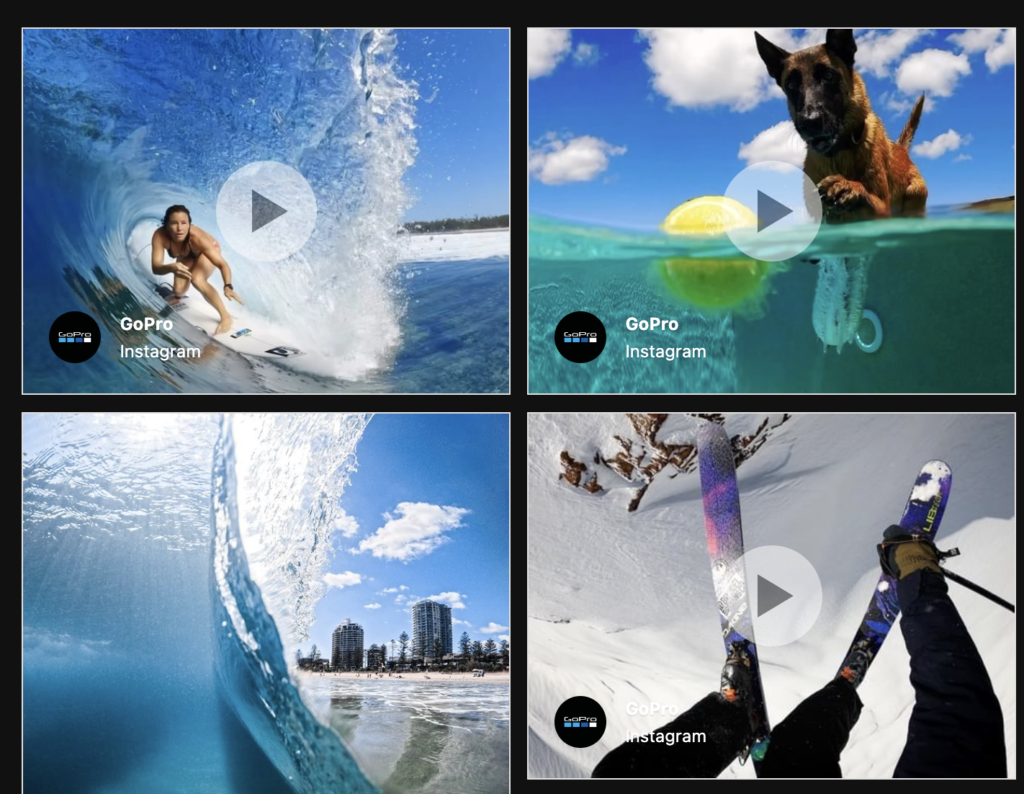Marketing Strategy Examples
There are tons of marketing strategy examples online that businesses can learn from and that can help with their next idea when it comes to launching a campaign.
We’ve compiled a list of 15 different strategies as well as examples to help you come up with ideas for a marketing campaign.
Let’s get started.

1. Personalized Marketing
Personalized marketing was one of the biggest trends in 2023 and for good reasons.
Customers are constantly being sold too, so it can be hard to stand out and attract your target audience – this is where personalization comes into play.
Personalization isn’t just about adding their name to an email, it’s about getting to really know your audience; their ideas, pain points, hobbies and any other ideas that can represent your customer.
Personalization can work with all marketing messages. Getting specific about who you’re marketing to, is more valuable than marketing to the masses.
If you’re marketing to everyone, you’re marketing to no one.
For example, one of the best personalization marketing strategy examples is Coco Cola with their “Share a coke” campaign.
Some of the stats from the campaign were around 13.6 million organic impressions on social media and an overall sales increase of 11%. Safe to say it was a successful campaign.
Their campaign was the ultimate personalization strategy, everyone was looking for their name or anyone else’s name they knew, so they could “share a coke”.
The name on the bottle instantly makes customers feel seen and appreciated, while it instantly grabbed their attention.
To learn more about personalization, read our article “Define personalization“.
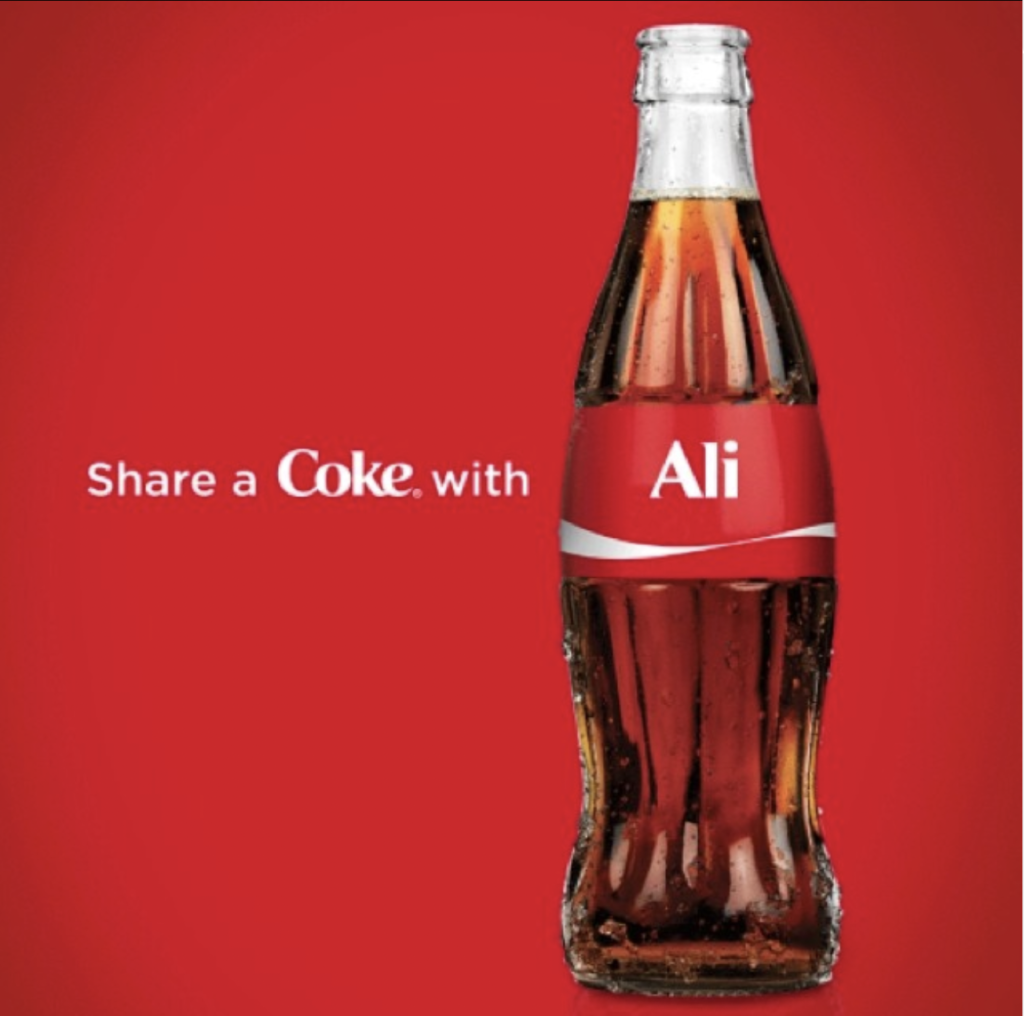
2. Video Marketing
Video is one of the most popular forms of content in the world. Ever since the rise of Youtube, more people have liked watching videos.
Around 4 billion videos on Youtube are being watched every day. Video content has changed slightly, now short-form videos are becoming more popular.
TikTok has definitely been the driver in creating short-form videos to its success. Now, other social media platforms, like Youtube, Instagram and Facebook have all adopted similar practices.
But what does this mean for businesses? It means you should be utilizing video to showcase your business.
Videos can be about anything that relates to your business. Maybe it’s having an educational video about your product, or maybe it’s sharing awesome testimonials from happy clients.
There are lots of ideas when it comes to video.
For example, Slack uses all different types of video marketing across there brand. One of their key video ads showcases Slack in less than 40 seconds and this really appealed to their audience.
The video focuses on connecting with remote teams, and the video show’s exactly that.
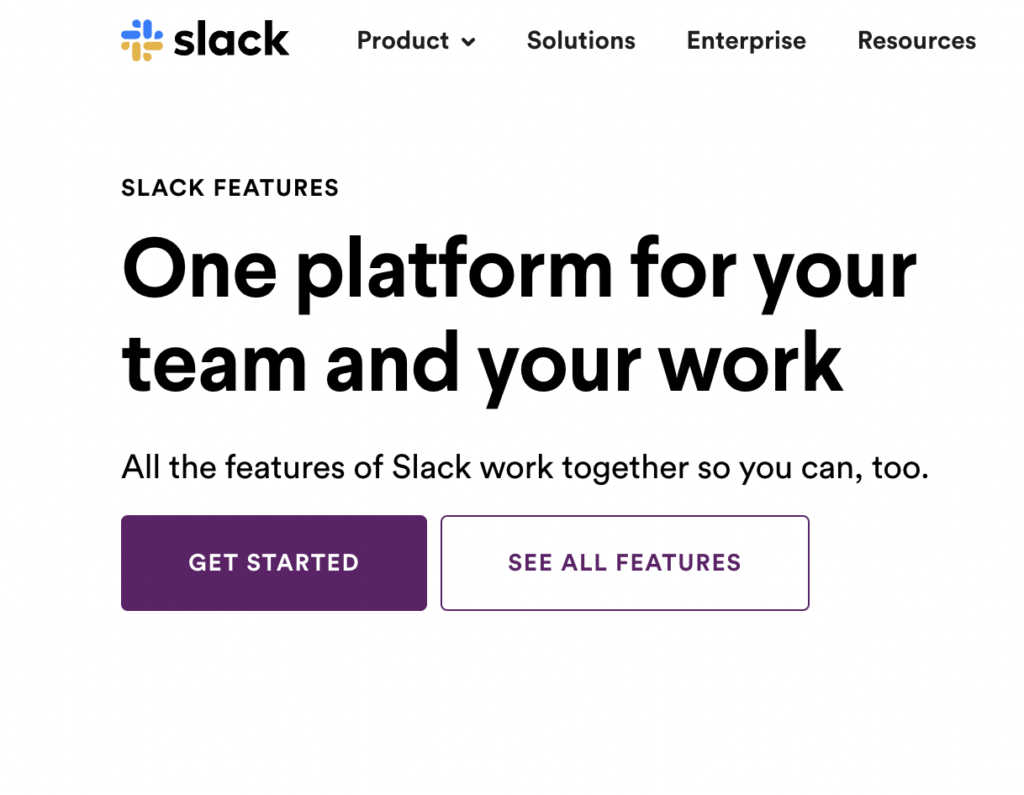
3. Podcasts
Podcasts are another popular form of content that we’ve seen skyrocket over the last couple of years. Podcasts offer a unique listening experience. People can hear from their favourite speakers or brands about their ideas or stories.
Brands can use podcasts to help educate and connect with their audience on a deeper level, while also building a community. Podcasts can even be spliced up to be shared across social media creating, even more, reach for a business.
For example, one of the best podcast marketing strategy examples was Sephora. They launched a podcast, called #LIPSTORIES. It was about celebrating a line of lipsticks and the women that would inspire them.
Each episode features an influential woman telling her own lip stories.
Sephora used this podcast campaign to connect with their audience deeper, by offering impactful stories while showcasing their own products.
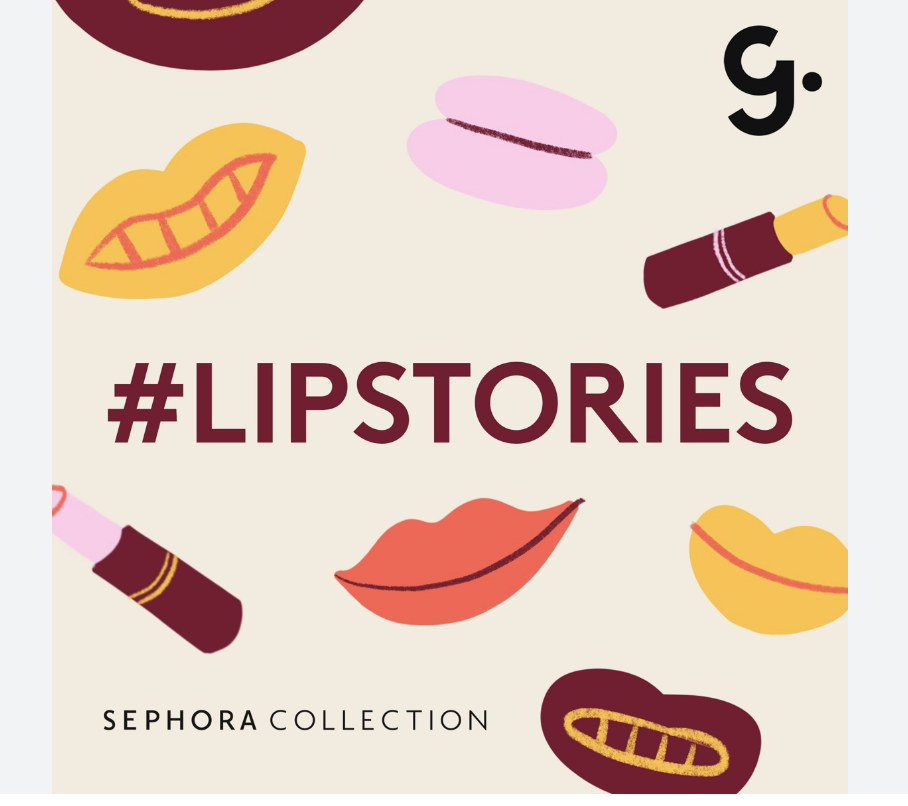
4. SEO Marketing
Every business must include Search Enginge Optimization (SEO) as part of their marketing strategy. This powerful method attracts visitors based on keywords they’re searching for.
Millions of people search each day for answers or products – SEO helps you rank higher in Google. After all, you have an awesome product or service that you want people to discover and SEO is free.
Businesses need to spend time creating and optimizing their content so it has the chance of ranking. As SEO is a huge topic, we’ve created a full article showcasing things you can do to optimize your content. Read more on how to improve SEO.
5. Content marketing
Content marketing is the creation of sharing content online in form of blogs, articles, videos, podcasts or social media.
A content strategy may not directly market a product, however, they do help build interest or awareness.
Some businesses can get overwhelmed with a full-fledged content marketing plan, but it doesn’t have to be this way. Most of the time, content can be re-used across multiple channels.
For instance, a blog post could be repurposed into multiple social media posts or multiple videos. A content plan isn’t always about creating new content. A lot of businesses re-purpose content.
It’s important to note content marketing is a long-term plan, not a quick plan. The growth in visitors, leads and customers take time, but with the right plan in place pays off.
Some things to consider when creating content:
- Always create quality content
- Relate the information to the audience
- Optimize all content pieces for SEO
- Consistency is key to being recognized
Our own content marketing strategy does exactly that. Our blog posts, get turned into social media posts, which drives further engagement and traffic to our blog.
All our social media manager has to do now is take content from this article and get it made for social media.

6. Paid Advertising
Paid advertising is a form of marketing strategy where businesses bid to display their ads. Paid advertising campaigns are usually shown on Google or on social media.
Ad campaigns have continued to advance throughout the years, they can be set up to target your exact audience.
However, they can be quite expensive. Businesses need to really think about their budget when it comes to advertising.
Google ads appear to users searching for keywords that triggers the ad. The first 2 search results on Google are usually ads. They usually have a sponsored text beside the ad.
For social media, the ads usually pop up between non-paid posts, but again the platform has to tell you. For social media, they also call it sponsored posts.
The right campaign can be highly effective, but that doesn’t always mean spending the most amount of money. For more information, Smart Blogger has done a full deep dive into paid advertising, check it out here!
Here’s an example of paid advertising. Typing “coffee beans” into google, the first two results are paid ads.
It shows sponsored in the top left corner on both results, highlighting these brands have paid to be there.

7. SMS Marketing
Text messages are becoming more popular for businesses to use within their marketing strategies. It can be quick, affordable, engaging, and interactive when used correctly with your customers.
Text messaging isn’t just about connecting with your friends or family, businesses are now joining in.
However customers must opt-in themselves for a company to send text messages. Businesses can not just send unsolicited texts to customers.
Everyone on your SMS list has made the conscious decision to join. Which means they’ve expressed interest in whatever you have to offer. SMS marketing can support other parts of the customer journey.
For example, hair salons can use SMS marketing to book appointments. They could set alerts up every few months notifying customers it may be time to come in.
Or after the appointment, the business can send a thank you message.
8. Affiliate Marketing
Affiliate marketing can be different from influencer marketing. Affiliate programs can be granted to anyone (if it’s set up this way) while influencer marketing is really only geared to public figures, social media influencers, celebrities or anyone else with an audience.
Lots of brands are utilizing affiliate marketing to get other people to promote their products. It can be low cost with a huge ROI.
One of the more common ways businesses set up an affiliate program is an individual would have to apply to become an affiliate.
From there they would get a link that would track how much sales they could bring in. Some companies that are currently doing this are Bigcommerce, Refersion, Sandals, Amazon, and Trip Advisor.
Affiliate programs work in the same sense as referral programs. The company gains a new customer, the existing customer gets an incentive and the new customer finds a great new business.
For an example of an affiliate program, let’s look at Trip Advisor. To sign up individuals have to join their affiliate partner network, find Trip Advisor and then create a link.
To earn a commission with Trip Advisor it’s not based on hotel bookings, only on traffic.
If a customer clicks on your link and is sent to one of their booking partners, it starts the commission process.
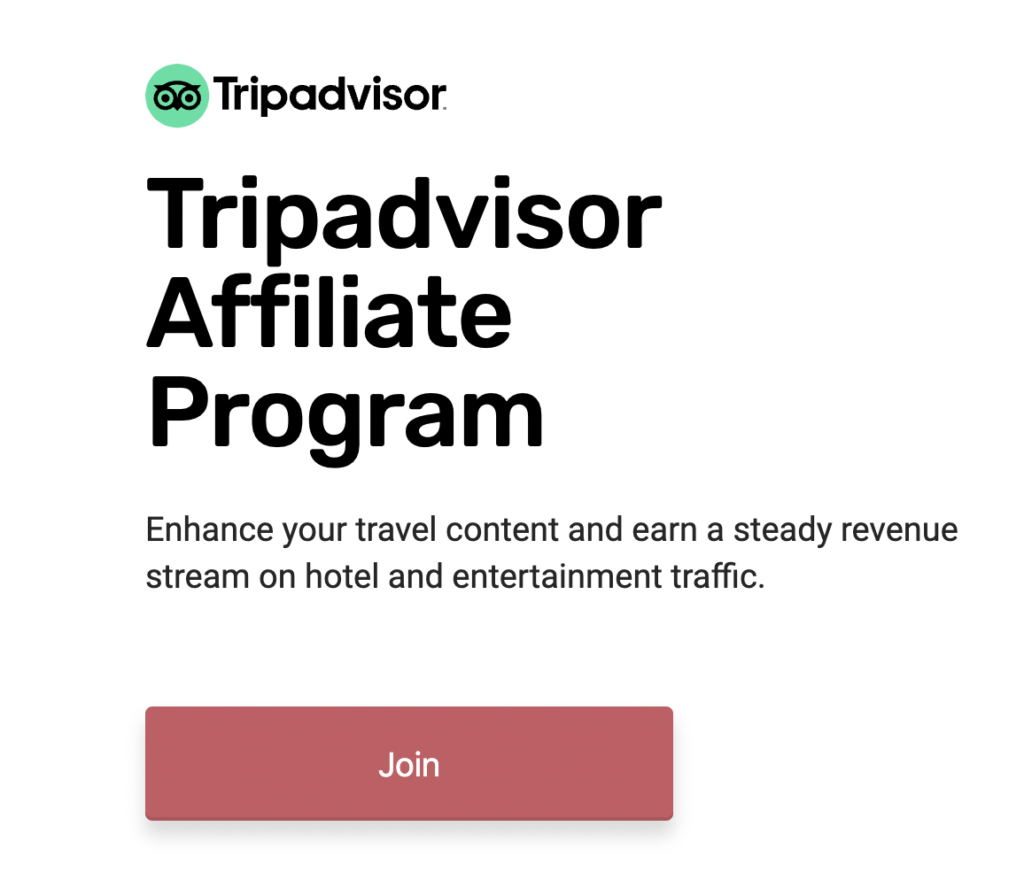
9. Influencer Marketing
Influencing marketing is a popular choice for brands looking to get their product to the masses.
An influencer is a term that is someone that has the power to affect purchasing decisions because of their authority, position or knowledge.
Marketing with influencers involves them collaborating with a brand to market a product or service. This could be a quick mention, a post or even a segment in a video.
Both the brand and influencer have to decide on how the product we’ll be talked about. Influencer marketing in 2022 rose to 16.4 billion. More businesses are seeing the opportunity in using influencers.
To work with an influencer you have to do your research. Using just anyone isn’t going to get you the results you want.
Find someone that relates to your brand and audience but will also connect with your product.
For example, one of the best influencer marketing strategy examples is with Pepsi and Walgreens. Pepsi wanted to increase sales at their Walgreens location, so they created limited additional packaging for Walgreens stores.
They used influencers to develop an organic post to reach their audience of millennials.
The work with influencers resulted in 46 million impressions and more than 50,000 engagements with the campaign content.

10. Email Marketing
Email marketing is used to make customers aware of products, discounts and other services. Emails are one of the highest forms of conversion rates one it comes to marketing strategy.
Your email marketing strategy can help with lead generation, brand awareness, building relations and keeping customers engaged.
Emails are a great way to continue to connect with your customers over time. Emails work because it forces interaction between the users.
Customers have to read, delete, save or archive it, if they don’t take action that email stays with them.
Sending out newsletters, product updates, and discounts are just some of the ways businesses can effectively use email marketing.
For example, let’s look at Uber. They offer simple emails to customers – they get right to the point. They’ve designed their emails to be read quickly.
Customers can catch a title, description and then decide to click on the CTA. Uber sends updates, referrals, discounts, product launches and other seasonal emails.
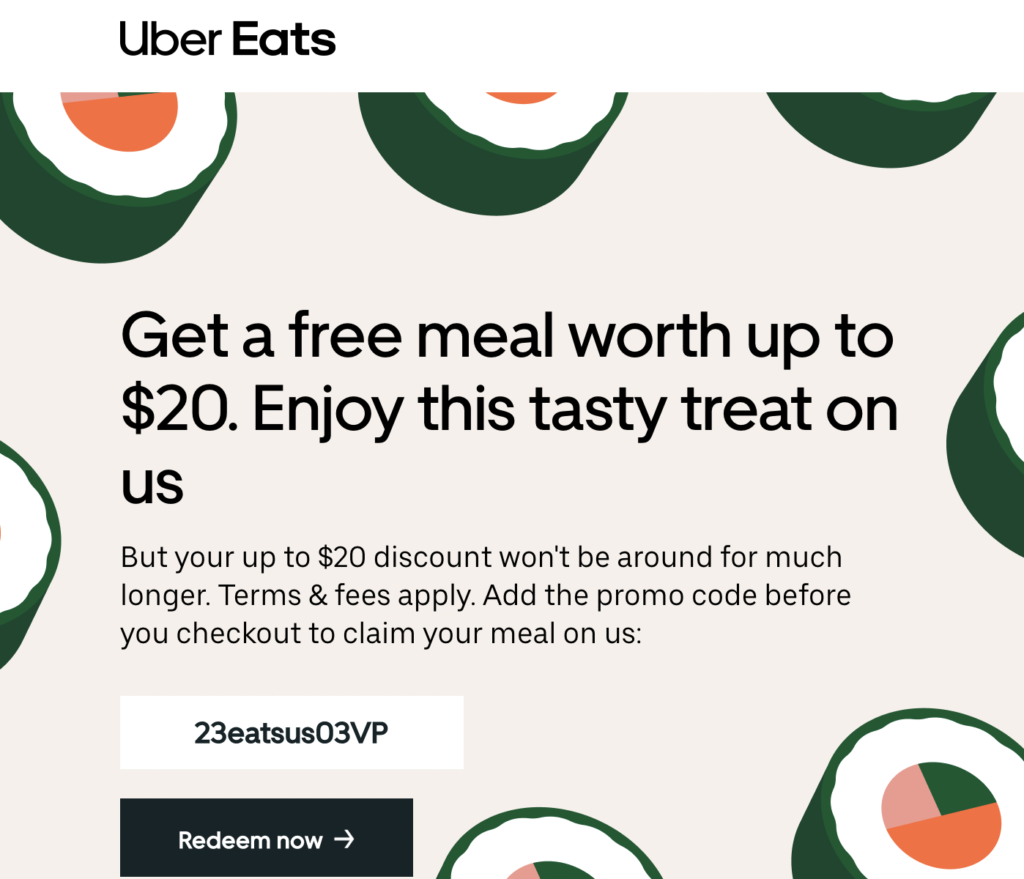
11. Events
In the world of digital marketing, it makes businesses only think of marketing online, however, in-person events can still be successful – and they make great social media content.
Event marketing is hosting an event. It can be used to promote content online or offline through various channels.
An event could mean an appreciation day, local meet, or even workshops and masterclasses online. Events can be a good way to connect with your audience, offer a good experience and personalize interactions.
It shows your business has a personality and there are real people behind the brand.
For example, Goodlife usually has a booth at different events that hold vendors. It allows staff to connect with anyone that walks by their booth. They can easily market to people walking by and give them a chance to connect them to Goodlife.
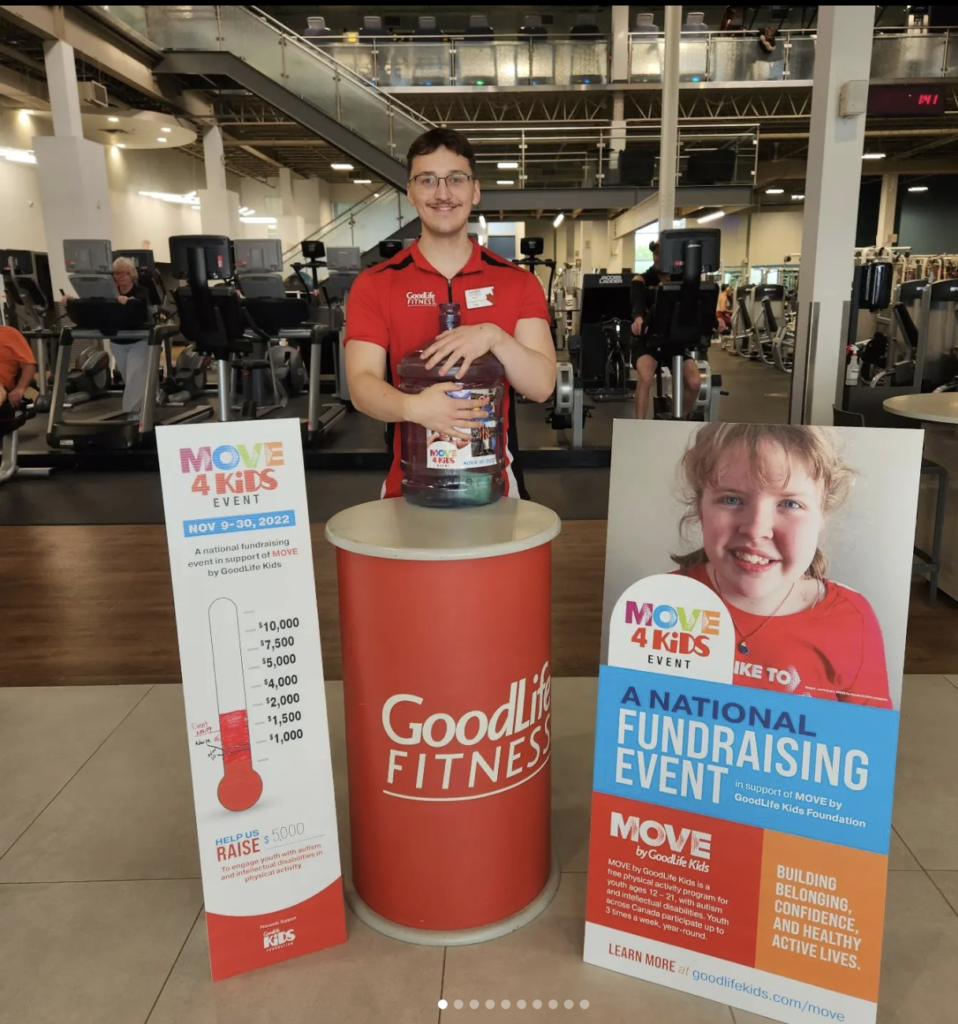
12. Social Media Marketing
Social media marketing is leveraging social media networks like Facebook, Instagram, Tiktok and Snapchat. Businesses can use social media to build an audience, showcase their products and interact with potential customers.
Social media can help drive traffic to your website, generate leads and humanize your business. People can get to see insights or behind the scenes of your business.
The best part social media is free. Any business can create an account and start getting potential customers.
Building a social media presence gives your business more authority online as well as more visibility. You’ll have an easier time marketing products and services once potential customers become more aware of the business.
81% of people use Instagram to research products and services. Customers are now turning to social media for information about a business. You need to start creating and delivering content to potential and existing customers
For example, PlayStation does an excellent job at its own social media marketing with over 18.7 million followers on Twitter along with high follower numbers across all platforms.
Playstations’ social media is active all the time, meaning fans are engaging with them all the time. Playstation posts game footage, updates, trailers and streaming events.

13. Google My Business
Although not necessarily a strategy Google my business, is an easy feature on Google that can get you business traffic.
Google my business helps people find your business when they’re looking for products or services in the local area – it’s also going to improve local SEO.
Google localizes some search results, so if you offer a product people are looking up, your business will pop up on Google maps.
GMB also allows you to control your business online. You can update contact information, hours of operation and other details needed.
GMB will show reviews as well, which can help with trust and credibility when a local search is made. For instance, customers are 2.7 times more likely to consider your business reputation if you have GMB set up.
It’s important to have accurate information, reviews or ratings and up-to-date photos to give customers all the information they need to know.
If you’re an online business, Google my business is still available to set up. There’s no excuse why you can’t register your business.
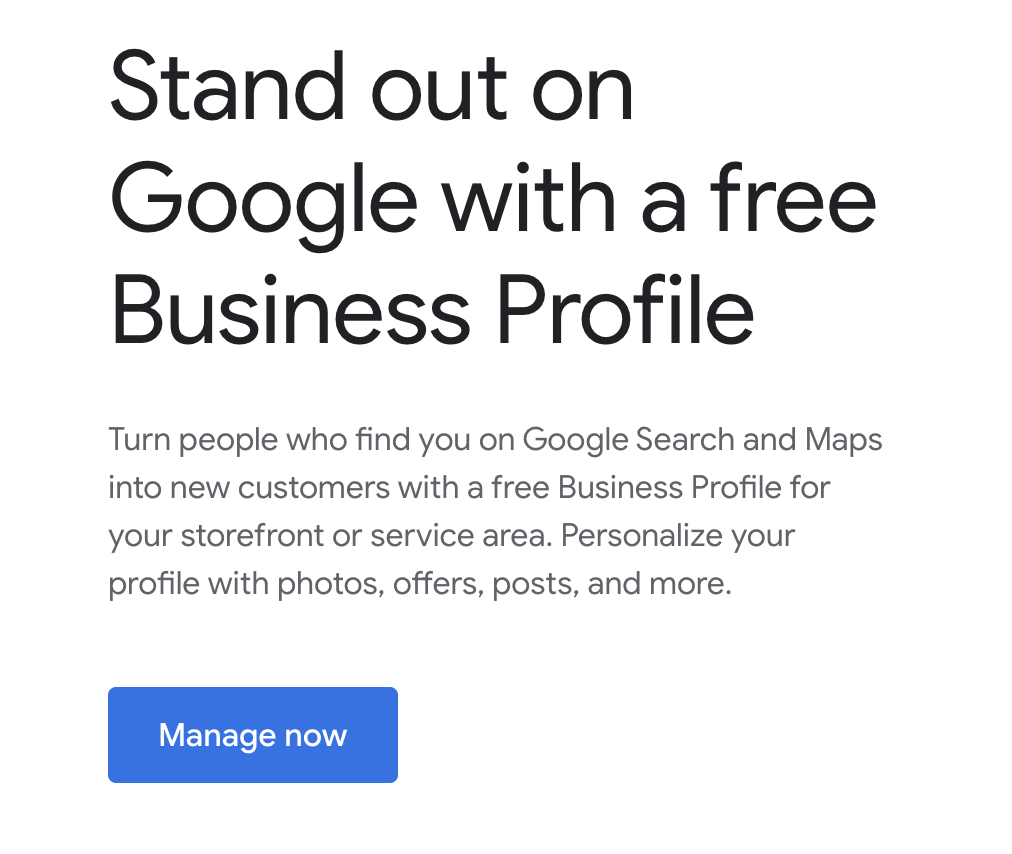
14. PR Strategy
PR stands for Public relations, it is related to how information about a business or individual is portrayed in the news or media.
Good PR can help your company’s brand image and help mitigate negative fallouts if they do happen. PR can be in the form of press releases, conferences, interviews, or any type of public exposure.
PR strategy isn’t directly related to marketing, in fact, the two should be separate. However, it’s a great way to get information about your company like a product launch or update, which does help your overall marketing goals.
A PR strategy can help get information out to the public quickly and effectively. Here’s a company that had an extremely successful PR strategy.
Dove launched a campaign for Real Beauty a few years ago. Dove used real women in the campaign that were not models, to showcase everyday normal beautiful women.
The tactic was to bring a better mindset around the standard of beauty in society. In the first 10 years of the campaign dove’s sales rose by 1.5 billion.

15. User-Generated Content
User-generated content is showcasing actual customers related content about your business. It could be a testimonial or them showcasing the product or service.
User-generated content can be effective due to social media. It helps build immediate trust and credibility with the brand as they can see someone positively interacting with the business.
This type of content can be used on your website, social media profiles and even used for ads. Consumers are 2.4 times more likely to view user-generated content compared to content created by brands.
Consumers know when a business has scripted content out, it puts up walls and makes it hard to sell to them. But by using happy customers it feels more authentic.
For example, one of the best user-generated content marketing strategy examples is GoPro. They use user-generated content a lot with their video ads.
They showcase real people enjoying GoPro products. This immediately builds trust with the consumers and encourages others to share their own GoPro footage.
